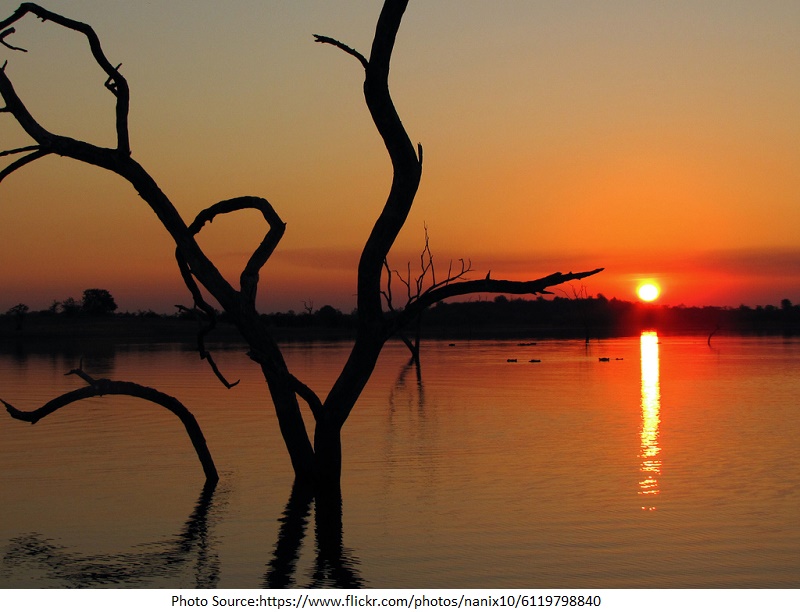Every year, millions and millions of Muslims gather in the Grand Mosque (Masjid al Haram) around the Kabah to do their required and optional pilgrimages, called Hajj and Umrah, respectively. The Kabah is at the centre of the Masjid al Haram and is thought to be the heart of Islam. Muslims pray five times a day facing the direction of the Kabah, which they call “Qibla.” Performing Umrah at Specific Times, for example in the month of Ramadan, causes a lot of rewards for the pilgrims.
Kabah is the real picture of care, love, harmony, art, and devotion, not just for Muslims but for everyone. The fabric used to make the Ghilaf (cover) for the Holy Kabah is made by people who love and respect their Lord. This covering is called “Kiswa,” and every year before the Hajj season, it is changed. The Kiswa is changed every year after Gusal (wash) is given to the Holy Kabah.
The Kiswa wasn’t always black. It went through many colours before becoming what it is now. At the moment, Kiswa is black and can be described as a high-quality black cloth with golden thread embroidered on it. A lot of verses from the Quran are written in pure gold thread on this black fabric. More than 200 skilled people write calligraphy on the fabric with their whole hearts, using about 120 kg of gold threads and 25 kg of silver threads. The fabric is handled with the utmost care and is woven and scented with care. Everyone who sees Kabah for the first time is drawn in by its beauty. The sacred Kabah has seen more than two million pilgrims, and its history is as rich as its beautiful embroidery and pure silk cover.
Covering the Kabah has been a tradition since the time of prophet Ibrahim AS, who built it. The Kiswa had gone through many stages and colours, such as white, green, red, a mix of colours, and finally black. From time to time, many shapes, designs, and styles were also changed.
In the early days of Islam, the Kabah was covered with beautiful fabrics in many different colours. It wasn’t until the sixth century that the colour of the cloth was finally changed to black. In the eighth century, it also became popular to write down verses from the Quran. “There is no God but Allah, and Muhammad is the Messenger of Allah” is written in Arabic on the famous zigzag pattern.
Each important person left his or her own mark on history and made a story about the religious, social, economic, and cultural factors that made a certain time in history what it was.
Adnan bin Edd is said to have been the first person to make a Kiswah for the holy Kabah. This was before Islam. Later, it became popular to cover the sacred building with the highest-quality cloth and thread that they could find in their empire and beyond. During the time of the Ottomans, Kiswah was made in special shops in the Turkish cities of Bursa and Istanbul. In 1805, when the Albanian leader Muhammad Ali Pasha was in power, the production of Kiswa moved to Cairo, Egypt. In 1818, the place where Kiswah was made, called “Dar ul kiswah,” was set up in Cairo. In the 20th century, all of the religious fabrics for important places started to be made in Makkah. In the year 927, King Abdul Aziz asked Dar ul Kiswa, which was in Cairo, Egypt, to move to Makkah. Figures and history show that Egyptian artists made the best quality and most artistic Kiswah when Dar ul Kiswa was in Cairo until 1961. Sultan Suleiman, who was known as “the Magnificent Suleiman” and was thought to be one of the best rulers of the Ottoman dynasty, made one of the rarest Kiswahs, which shows his grandeur, wealth, and power. The Kiswah made during the reign of Sultan Suleiman has his name and the year it was made written on it. This was a common practise at the time. He was the ruler of the Ottoman Empire for the longest time, from 1520 until his death in 1566. One Kiswah that made it into history is called “Sitarah.” It was part of the door cover in 1543 AD and was called “Sitarah.” The names of the first four leaders of Islam are also written on some Kiswah (Hazrat Abu Bakr, Hazrat Omar, Hazrat Othman ibn Affan and Hazrat Ali). They also have words of welcome for pilgrims who come to visit.
In the past, the Kiswa was put together in places other than Saudi Arabia and then brought to Makkah. A second sheet was also made in case the first one got torn or damaged in the harsh desert or mountain terrain. During the time of the Abbasids, from 750 to 1258 AD, the textile industry got better and made Kiswa out of materials that were more durable and less likely to break. It was changed twice or three times a year because it got torn by worshippers and was damaged by the weather.
If you are planning for the Umrah then you must have to know about the Benefits of performing Umrah in the light of Hadith. Every year, on the ninth day of the Islamic month Zil-Hajj, the kiswah is changed. The old piece is either cut into pieces and given to important Muslims around the world, or it is sold to raise money for charity. At the moment, the Kiswa is a black cloth with gold and silver writing on it. Because so much gold and silver went into making it, it is known all over the world for its beauty and charm. It also shows how much Muslims care about their religion and holy sites.




